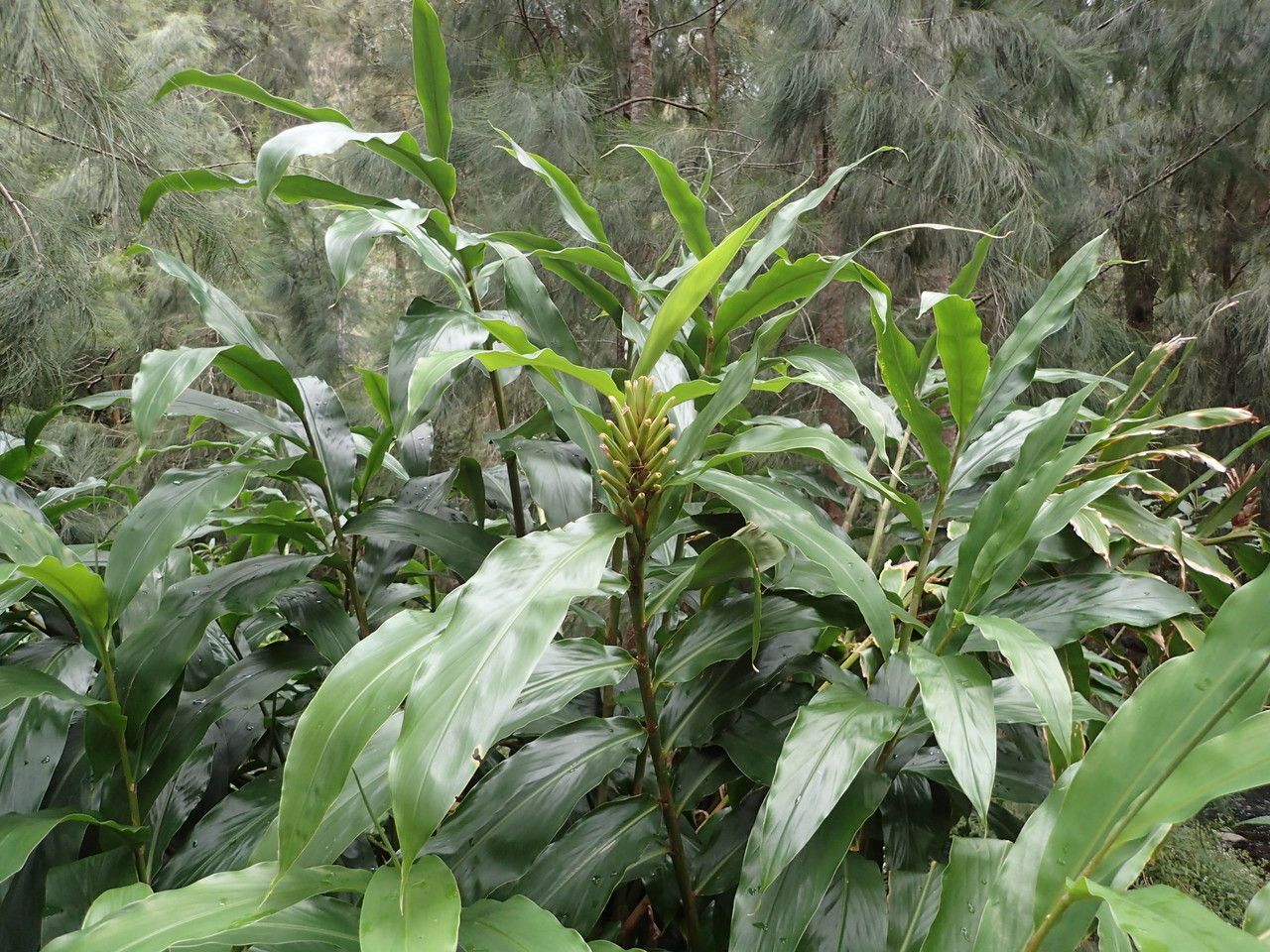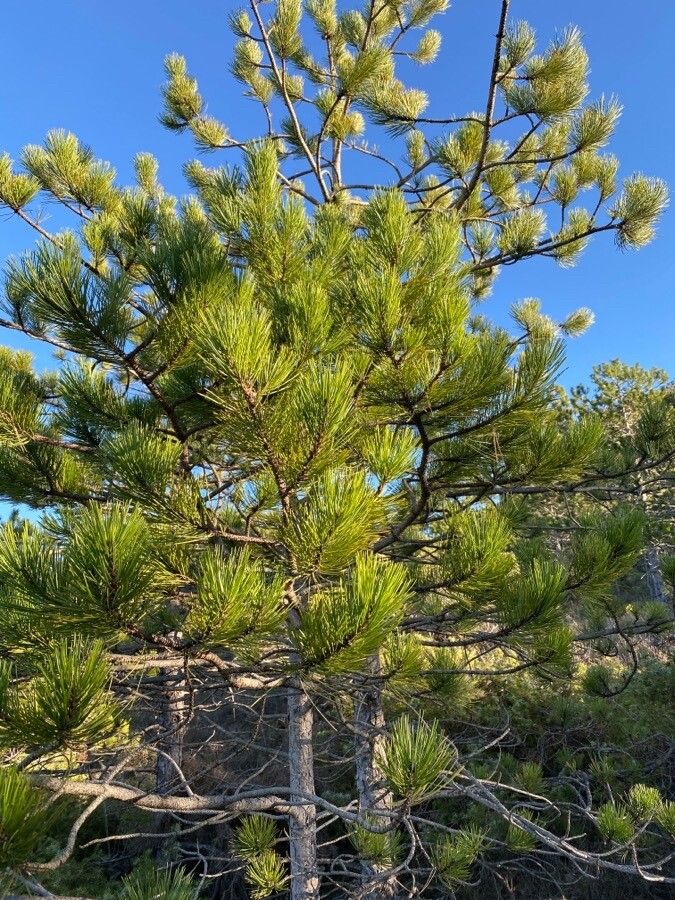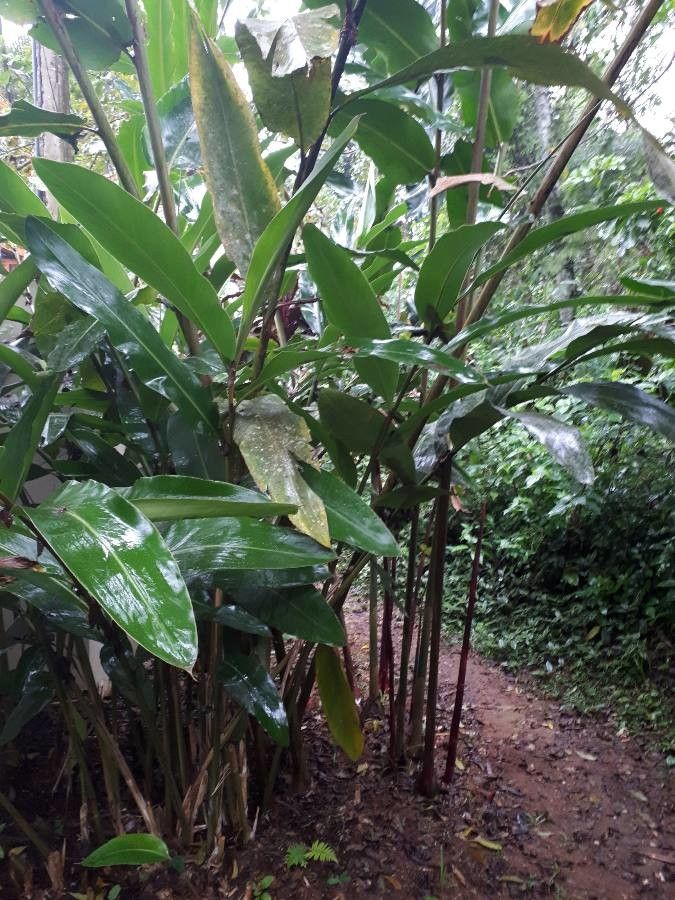## Yellow Ginger-Lily: A Burst of Golden Sunshine in Your Garden
The Yellow Ginger-Lily ( *Hedychium flavum*), a member of the Zingiberaceae family (the ginger family), is a breathtakingly beautiful plant known for its vibrant, fragrant flowers. Its striking golden blooms, reminiscent of sunshine, make it a highly sought-after addition to gardens worldwide. This guide will equip you with the knowledge to successfully cultivate this captivating plant.
### Habitat and Growth
Native to the Himalayas and parts of Southeast Asia, the Yellow Ginger-Lily thrives in warm, humid climates. It prefers partial shade to full shade, particularly during the hottest parts of the day. Direct, intense sunlight can scorch its leaves. In its native habitat, it flourishes in moist, shady woodland areas near streams and rivers.
### Soil Needs
Yellow Ginger-Lilies require consistently moist, well-drained soil rich in organic matter. Amend heavy clay soils with compost or other organic materials to improve drainage and aeration. The soil pH should ideally be slightly acidic to neutral (6.0-7.0).
### Sun Exposure
As mentioned, Yellow Ginger-Lilies prefer dappled sunlight or shade. Morning sun is usually tolerated well, but avoid afternoon sun, especially in hotter climates. Planting them under the canopy of taller trees or shrubs can provide the ideal amount of shade.
### Planting and Care
Yellow Ginger-Lilies are best planted in spring or autumn, after the threat of frost has passed. Plant the rhizomes (underground stems) about 6-8 inches deep, spacing them approximately 12-18 inches apart. Regular watering is crucial, especially during dry periods, ensuring the soil remains consistently moist but not waterlogged. Mulching around the plants helps retain moisture and suppress weeds.
### Propagation
Propagation of Yellow Ginger-Lilies is relatively easy, primarily through the division of rhizomes. In late autumn or early spring, carefully dig up mature clumps, separate the rhizomes, and replant them. Each rhizome should have several buds or shoots to ensure successful growth.
### Potential Issues
While generally hardy, Yellow Ginger-Lilies can be susceptible to fungal diseases, particularly in poorly drained or overly wet soils. Ensure proper drainage to mitigate this risk. Slugs and snails can also be a problem; consider using organic pest control methods if necessary.
### Is Yellow Ginger Lily Invasive?
In some regions, Yellow Ginger-Lily has a reputation for being potentially invasive due to its vigorous growth habit. It’s essential to monitor its spread and manage it accordingly, preventing it from overwhelming other plants in the garden. Regular division can help control its growth.
### Conclusion
The Yellow Ginger-Lily's stunning golden blooms and delightful fragrance make it a valuable addition to any garden that can provide the right growing conditions. With proper care and attention, this magnificent plant will reward you with a spectacular display of color and perfume year after year.
Yellow Ginger-Lily: Grow This Stunning Zingiberaceae

Frequently Asked Questions
How to care for a yellow ginger lily?
Provide consistently moist, well-drained, slightly acidic soil rich in organic matter. Plant in partial shade and water regularly, especially during dry spells. Mulch to retain moisture. Divide rhizomes to control spread.
Is yellow ginger lily invasive?
Yes, in some areas it can be invasive due to its vigorous growth. Monitor its spread and regularly divide the rhizomes to prevent it from becoming overly dominant.


